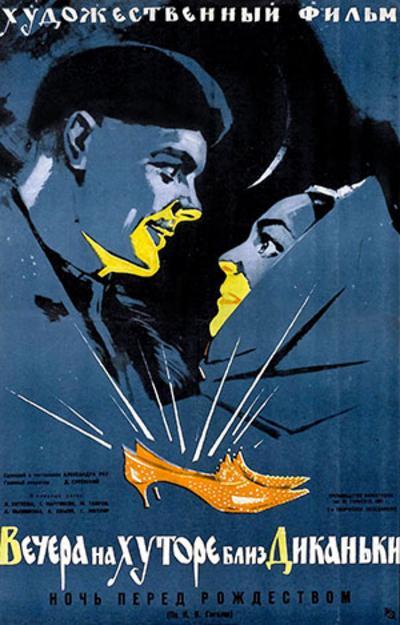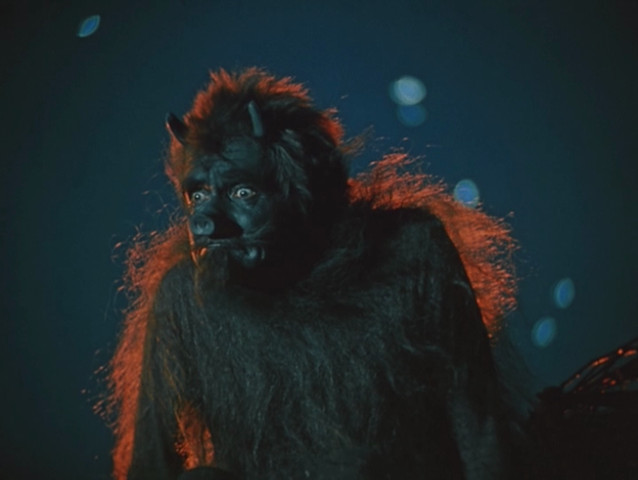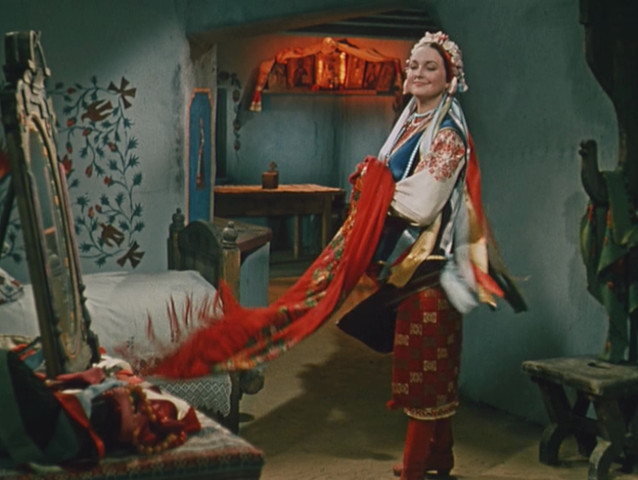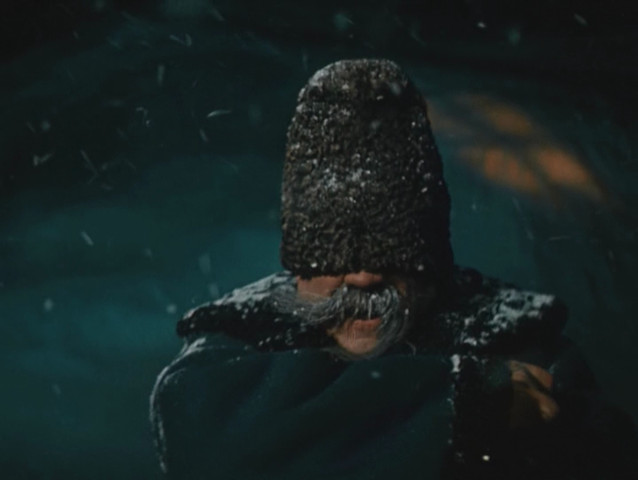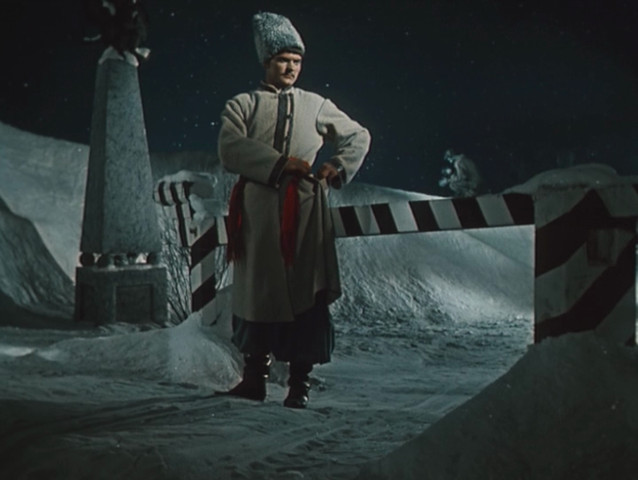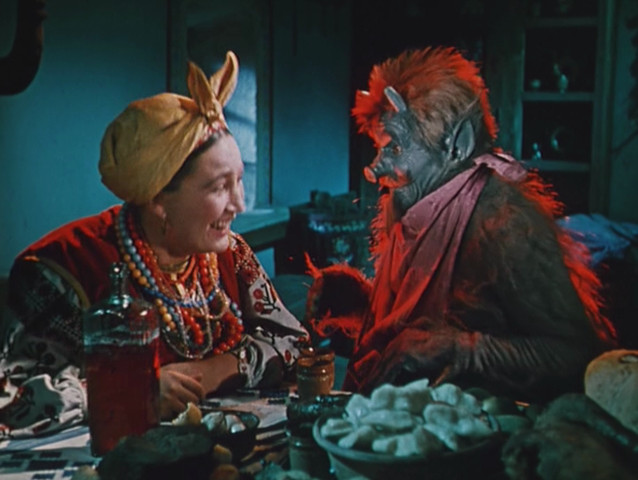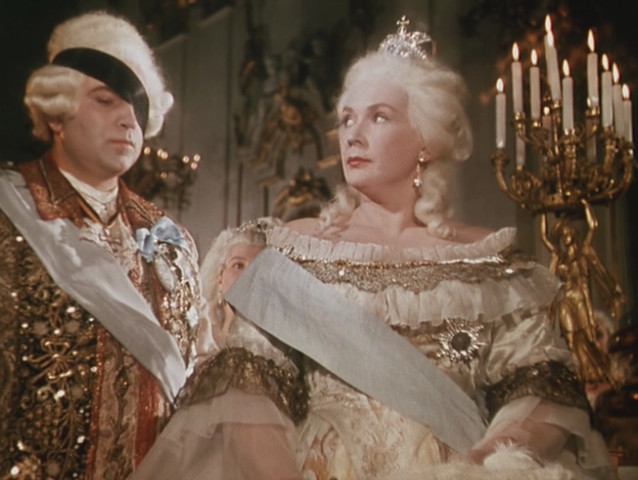Quote:
Once upon a Time (a.k.a. Der var engang) is an atypical film for the Danish filmmaker Carl Theodor Dreyer, a departure from his more usual realistic dramas into the realm of fantasy and fairytale. It was the only film that Dreyer made for the independent film producer Sophus Madsen, a Danish film enthusiast whose only other production was Laurids Skands’s all but forgotten Livets Karneval (1923). The film was adapted from a play by Holger Drachmann, written in 1885, that was itself based on Hans Christian Andersen’s fairytale Svinedrengen and Shakespeare’s The Taming of the
Shrew. From the outset, this was conceived as a lavish production, but it soon ran into financial difficulties. Even though some scenes were cut – including an extravagant market sequence – the film still ended up with a 150 per cent overspend on its 90,000
kroner budget.
Once upon a Time was a considerable success in Denmark but it was not marketed abroad and consequently failed to secure the wider interest that Dreyer’s other films enjoyed. This probably accounts for why the film only exists today in a fragmentary form. About a third of the film is missing, including its entire last quarter. Despite this, it has
been carefully reconstructed with the missing footage bridged with available photographs and explanatory inter-titles. In its current, incomplete state, the film is emarkably coherent and appears to stand up well when set against the other films that Dreyer made around this period, although Dreyer himself was greatly dissatisfied with it.
As in his earlier satire The Parson’s Widow (1920), Dreyer uses natural locations effectively to bring both a biting realism and a poetic charm to the film. The most striking
sequence occurs around the middle section of the film, where the Prince (disguised as a pauper) begins to cohabit in the woods with the capricious Princess-in-exile. There is a beautifully lyrical naturalism to this part of the film, that contrasts vividly with the
stale grandeur of court life glimpsed in the opening passages. The humour takes a backseat as Dreyer indulges in what he does best, allowing his characters to develop and connect with their inner emotions, changing before our eyes.
The final part of the story, in which the Prince misleads the now completely reformed Princess into marrying him before revealing to her his cruel deception, is sadly missing, but enough of the narrative exists for us to construct this sequence in our mind’s eye. It is hard to gauge from what remains of Once Upon a Time whether it deserves to rank alongside Dreyer’s other great films but it is undeniably the work of a master filmmaker, an appealing, lovingly crafted fable that is shot through with humour and moments of exquisite poignancy.
http://nitroflare.com/view/C2CDB26EEAACCA8/Carl_Theodor_Dreyer_-_%281922%29_Once_Upon_a_Time.mkv
http://uploadgig.com/file/download/144B268C1009cb33/Carl Theodor Dreyer – 1922 Once Upon a Time.mkv
Language(s):None
Subtitles:English



























